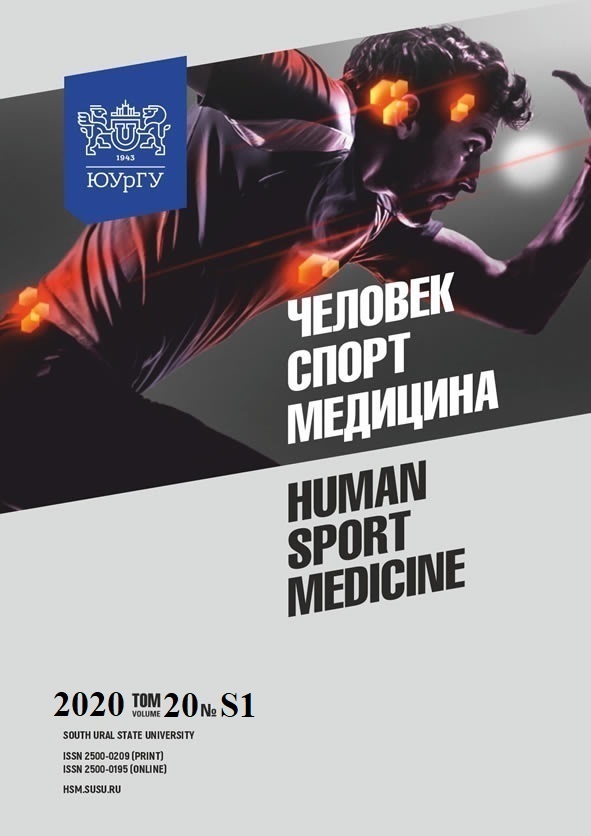STABILOMETRIC PARAMETERS OF BALANCE DEVELOPMENT IN ATHLETES THROUGH BIOLOGICAL FEEDBACK
Abstract
Aim. The paper aims to study the dynamics of balance and coordination development through training with biofeedback. Material and methods. The Voronezh state institute students involved in shooting (n = 6) and swimming (n = 6) took part in the experiment. The mean age of participants was 19.5 ± 1.5 years. A one-month training was conducted with the use of 2 stabilographic simulators, namely Hunting and Stand shooting. Results. The results obtained in Stand shooting and Hunting simulators demonstrated an increase in points in both groups. However, in the group of shooters, the increase was statistically significant. An intergroup comparison at the end of the experiment was also statistically significant, which indicates a significantly greater improvement in the effectiveness of shooters. When assessing spectral indicators, a statistically significant improvement in the performance of shooters was revealed, which confirmed an increase in unconscious oscillations by 33.7 % along the frontal plane; as well as a decrease in oscillations associated with human physiology (heartbeat, respiration) by 75.4 % in the frontal plane and by 89 % in the sagittal plane. The intergroup comparison of data has statistically significant differences, which indicates the best effect of BFB training on the ability of shooters to control conscious and unconscious movements for maintaining frontal balance and sagittal oscillations associated with human physiology. Conclusion. As a result of the experiment, a positive effect of stabilometric simulators with biofeedback was revealed in terms of improving stability, coordination and the ability to control the center of pressure through the control of physiological processes that affect the shooting stance. Performance in the group of shooters was higher than in the group of swimmers
References
References on translit
Copyright (c) 2020 Human. Sport. Medicine

This work is licensed under a Creative Commons Attribution-NonCommercial-NoDerivatives 4.0 International License.















